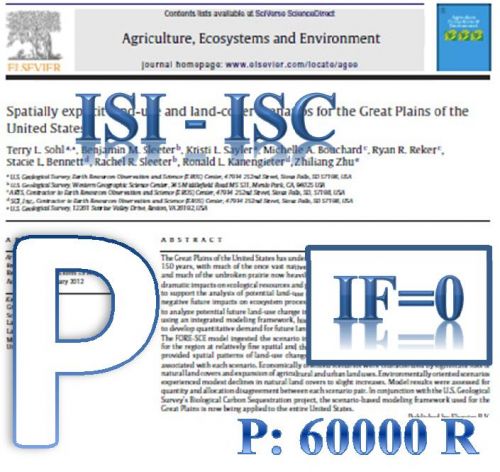Inappropriate and irrational use of numerous advanced diagnostic imaging technologies has recently been highlighted in many countries and has gathered the attention of policymakers. This matter has not only increased health costs in countries but also resulted in adverse health results. Various factors are involved in the inappropriate or unnecessary use of advanced medical imaging techniques including patient‑related, physician‑related, technological, and ultimately radiologist‑related factors. This calls for the provision of new guidelines by policymakers to encourage all service providers to make appropriate use of such techniques. One of the main approaches in this regard is the application of clinical guidelines and decision support systems. The present study was a systematized review that conducted in January 2019, and the articles related to palliative care requirements on databases of Web of Science, PubMed, Scopus, ScienceDirect, Ovid, ProQuest, Wiley, and Google Scholar from January 1, 2009, to January 20, 2019, were searched. Strategy for searching and selecting the articles was Preferred Reporting Items for Systematic Reviews and Meta‑Analyses Guidelines. Overview of the studies shows that various reasons for the overuse of diagnostic imaging technologies and effects of applying clinical guidelines on reducing diagnostic costs of treatment are investigated in this article with respect to various aspects and viewpoints. Clinical guidelines can be significantly effective in evaluating suitability and quality of referrals for diagnostic imaging, if only adapted properly.
کلید واژگان :Clinical guideline, diagnostic imaging, health expenditure, Iran, utilization management
ارزش ریالی : 1200000 ریال
با پرداخت الکترونیک
